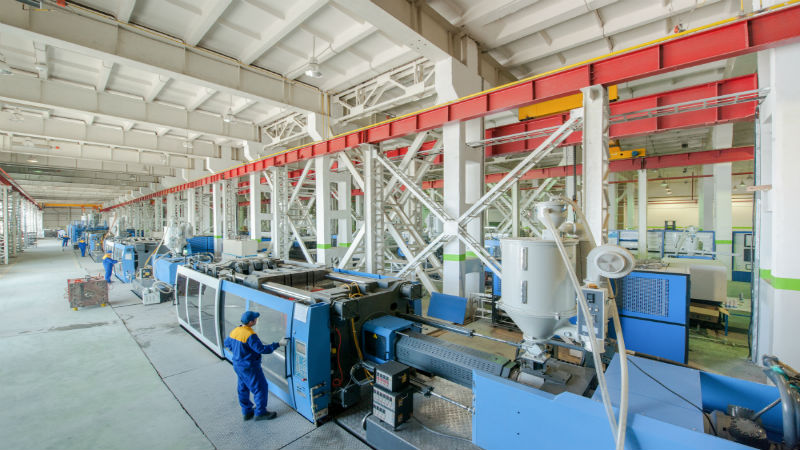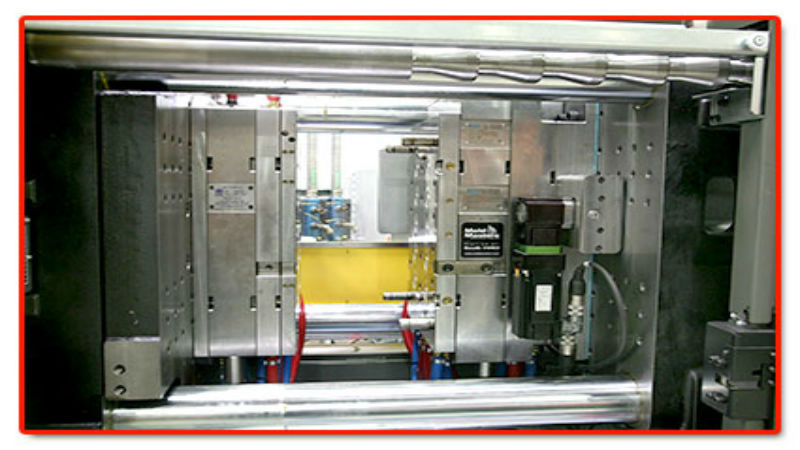Medical products need to be held to a higher standard than most because of the lives impacted by them. One way to meet high standards is with medical injection molding. This process makes small or large tools that can be used by doctors and lab technicians as part of diagnosing and treating illness. Here are three ways this process creates high quality items.
Minimal Material Scrap
Medical costs are high and waste is one sure way to make them higher. Medical injection molding takes a material and instead of cutting out a specific shape, the desired shape is poured with no large excess discarded. Another cost reduction comes from reduced post-processing. When a product is injection molded instead of spun or diecast, there are fewer rough edges to buff or shave.
Lower Labor Costs
Injection molding is also more efficient and costs less to produce, in most cases. Often, the manufacturing process requires fewer tools and fewer manual labor hours. Along with this, the injection technique is highly repeatable and promotes consistency across multiple items. This consistency is vital in medicine where a procedure may be done multiple times and needs to have a high rate of success.
Multiple Material Types
The main limiter for material types in medical injection molding is whether or not the material can be rendered into a liquid form. The second criteria to meet is to be safe for medical use. Silicone rubber is one such material, but other materials include fluorosilicate, ethylene-propylene and hydrogenated nitrile.
With money-saving techniques, low labor costs and a variety of materials to choose from, medical injection molding is a great choice for producing medical products. Saving costs are a big part of managing general medical costs and the method used does this on multiple fronts. Whatever the use, consider custom injection molding to get the exact product you need.


